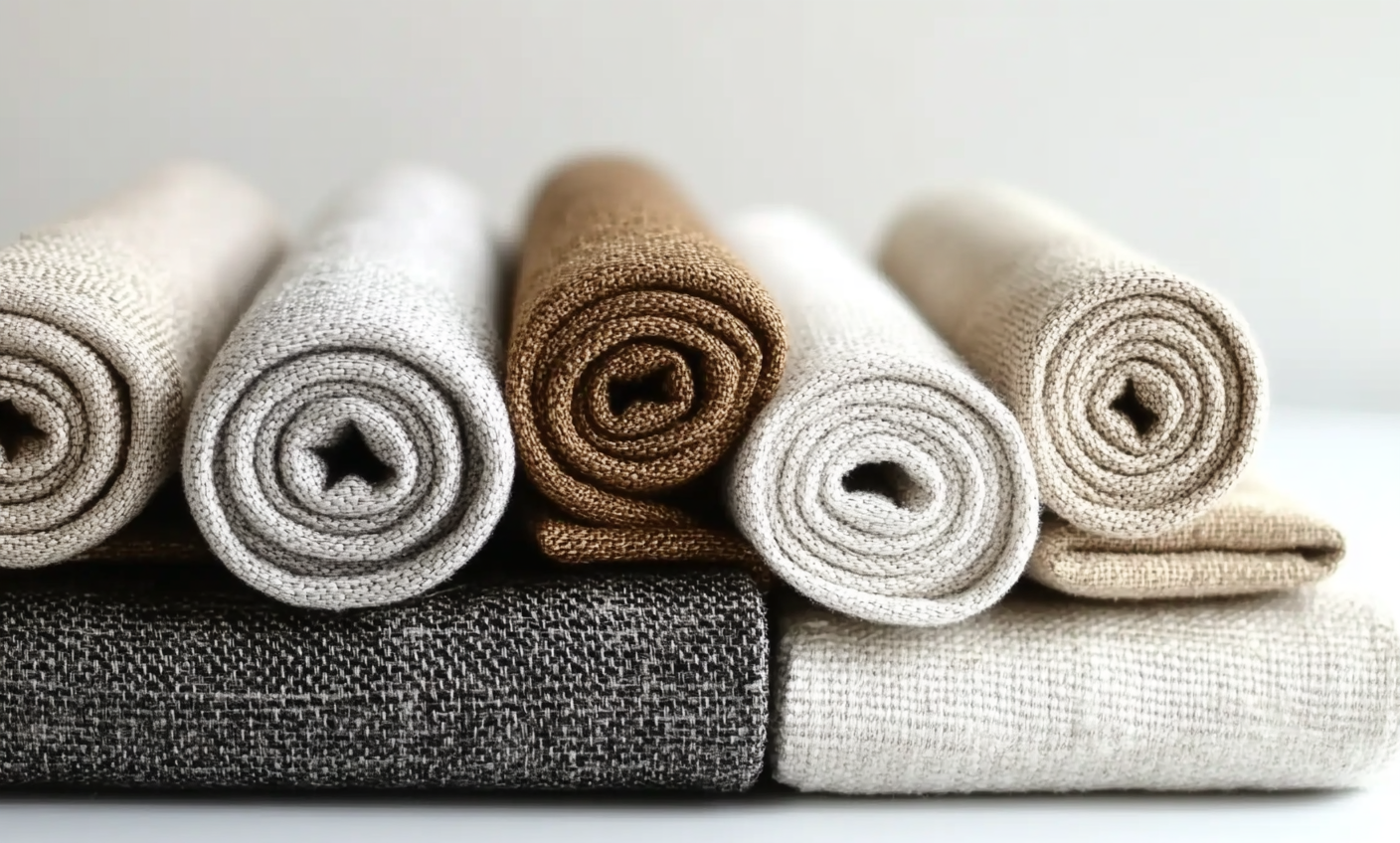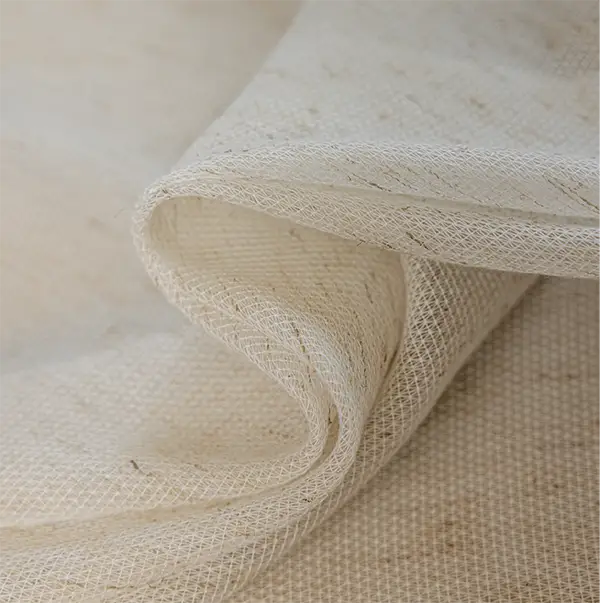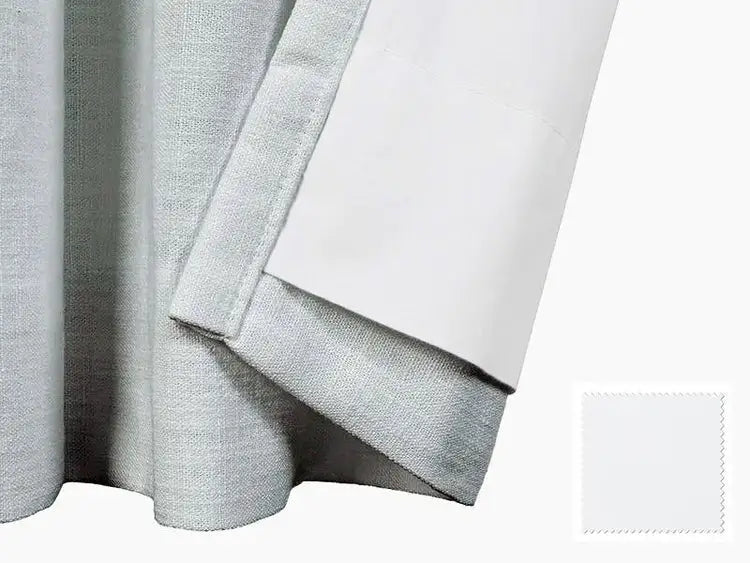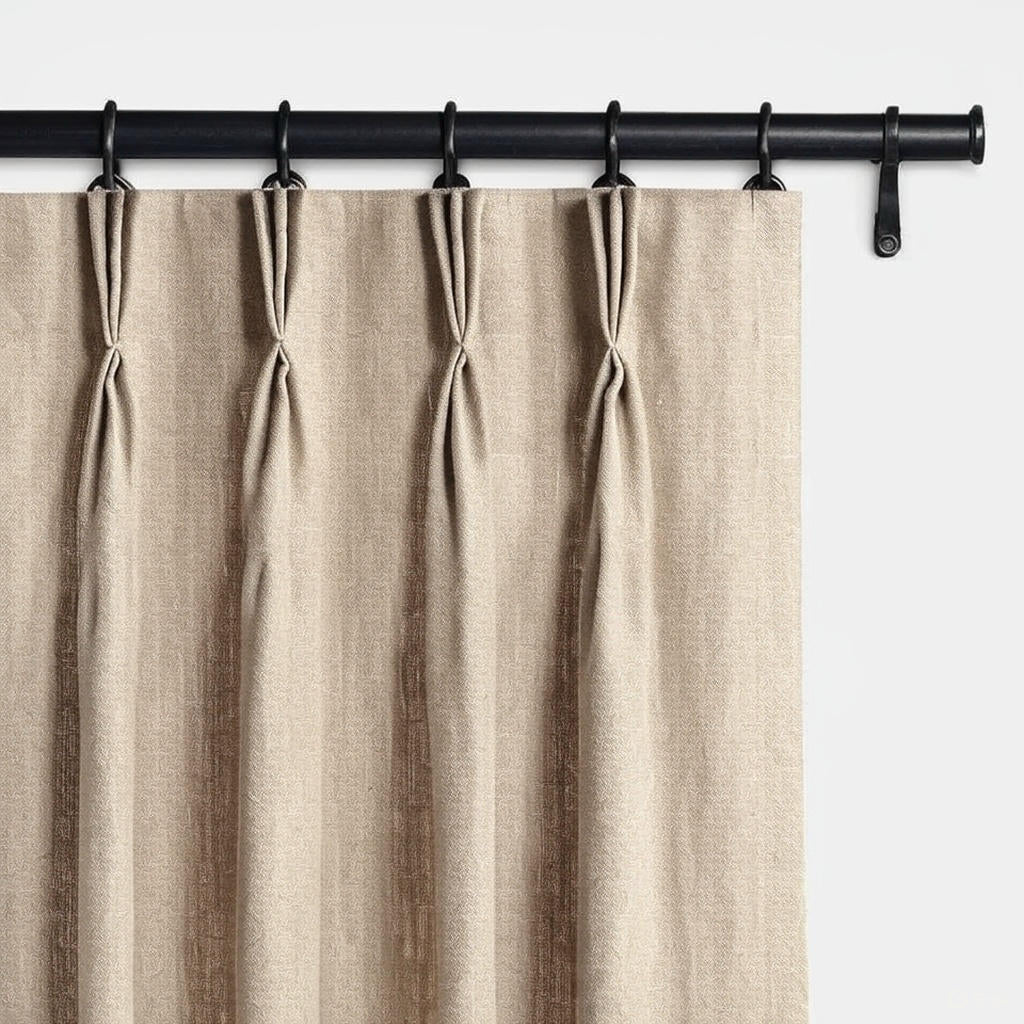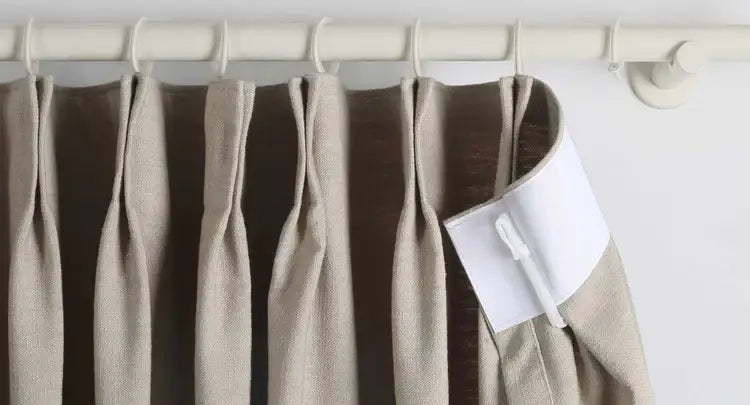
How to Clean Shower Curtains: The Ultimate Guide to a Fresh, Mold-Free Bathroom
Shower curtains and liners are vital for keeping water off your bathroom floor, but they can easily accumulate soap scum, hard water stains, and mildew. If your curtain looks dull, smells musty, or has dark spots, don’t rush to replace it. With straightforward, budget-friendly cleaning methods, you can restore its freshness and extend its life. Here’s a concise guide to cleaning plastic, vinyl, or fabric shower curtains and liners.
Can You Machine-Wash a Shower Curtain?
Yes, most fabric shower curtains and many plastic or vinyl liners are machine-washable, making it an easy way to keep them clean and mold-free.
What You’ll Need:
Mild laundry detergent
Baking soda
White vinegar
2–3 clean bath towels
Washing machine
Steps:
-
Remove the curtain or liner from its hooks or rings.
-
Place it in the washing machine with 2–3 bath towels to reduce wrinkling and aid scrubbing.
-
Add ½ cup of baking soda and mild detergent to the wash cycle.
-
During the rinse cycle, add ½ cup of white vinegar to deodorize and eliminate bacteria.
-
Air-dry by rehanging on the rod. Avoid drying plastic or vinyl curtains in a dryer.
This method is ideal for regular maintenance and light deodorizing. For stubborn stains or mildew, see below.
How to Hand-Wash a Shower Curtain
For delicate curtains or if you prefer a hands-on approach, hand-washing is effective, especially for plastic liners or sheer fabrics.
What You’ll Need:
Warm water
White vinegar or dish soap
Baking soda
Soft sponge or microfiber cloth
Bathtub or large basin
Steps:
Fill a tub or basin with warm water and add 1 cup of white vinegar or a few drops of dish soap.
Soak the curtain for 20–30 minutes to loosen grime.
Scrub stains or buildup with a soft sponge and a sprinkle of baking soda.
Rinse thoroughly with cool water and hang to air-dry.
How Often Should You Clean Your Shower Curtain?
To keep mildew and buildup at bay:
Wash every 4–6 weeks.
Spot-clean weekly with a 1:1 vinegar-water spray to tackle soap scum and hard water stains.
After each shower, fully extend the curtain to dry and prevent moisture buildup in folds.
Tackling Mold and Mildew
If you notice black or pink mildew spots, act promptly:
Soak the curtain in a tub of hot water mixed with 1 cup of baking soda and 1 cup of white vinegar.
Scrub stains with a soft brush.
If machine-washable, follow the machine-washing steps above.
Rinse thoroughly and air-dry.
Preventive Maintenance Tips
Use a liner with fabric curtains to extend their lifespan.
Ventilate the bathroom with a fan or open window to reduce humidity.
Spread the curtain fully open after showers to ensure complete drying.
Opt for mildew-resistant materials in humid climates.
When to Replace Your Shower Curtain
Even with regular cleaning, shower curtains have a limited lifespan. Replace if:
The material is torn or cracking.
Odors persist despite thorough cleaning.
Mildew stains remain permanent.
Keep Your Bathroom Fresh
Regularly cleaning your shower curtain or liner is a simple, cost-effective way to maintain a clean, healthy bathroom. Whether you choose machine-washing or hand-washing, consistent care keeps your curtain looking fresh and inviting, saving you from frequent replacements.
Random Articles

Cafe curtains combine privacy, light, and charm. Explore fabric choices, functional benefits, and...

Solid curtains transformed my home with calm, balance, and elegance. Here’s how I chose them and ...

Custom velvet drapes do more than decorate. From blackout to noise control, discover how they enh...

Room divider curtains add privacy and style without permanent walls. Here’s what to know about li...

